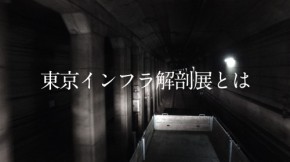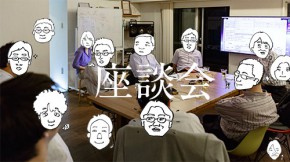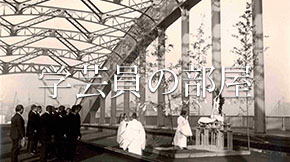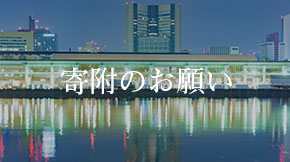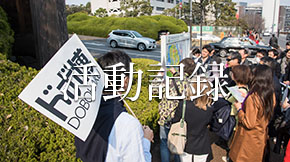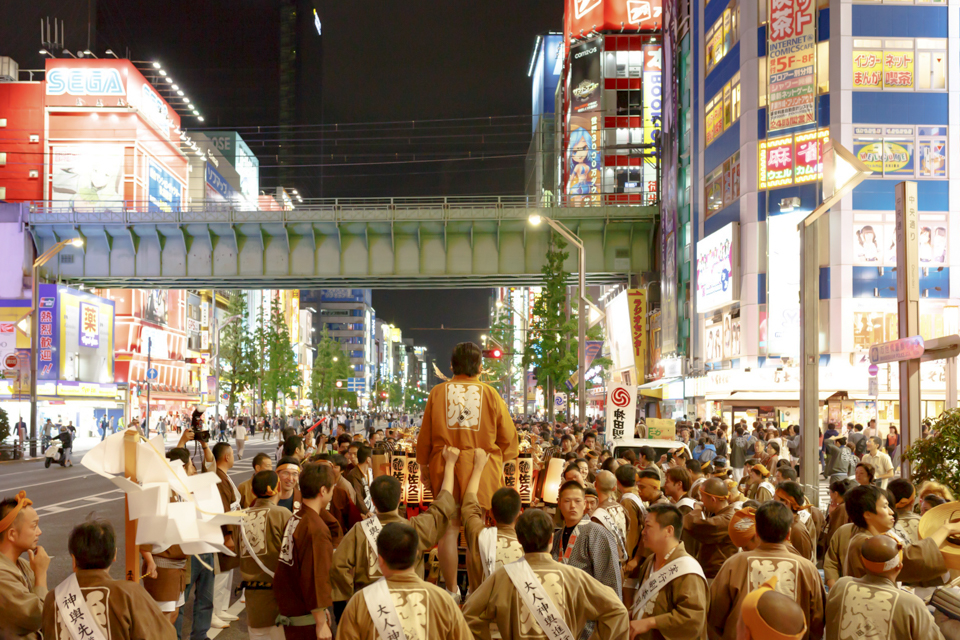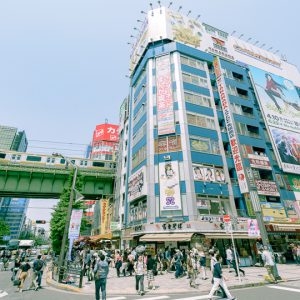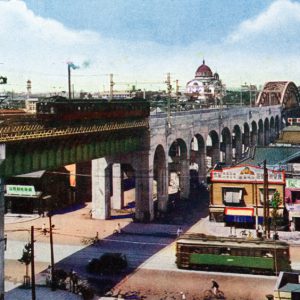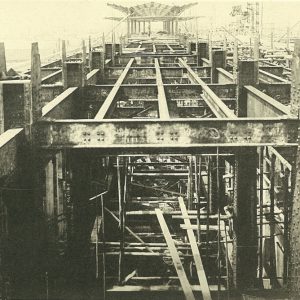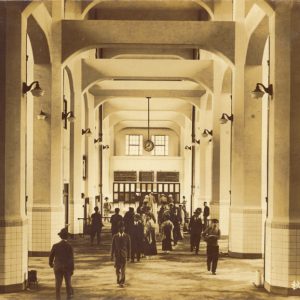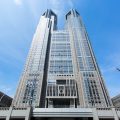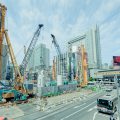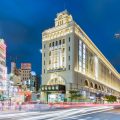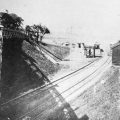A town where the two elevated railroads of north-south and east-west intersect. Originally the North-South Railway (present Keihin Tohoku Line) was running on the road despite the opposition of residents. However, along with urbanization, it was elevated in 1925, and in 1932 the Sone Line passed east and west on it elevated. In this way, a rare landscape was born in the city center where the elevated railroad crossed in the air.
The development of Akihabara could not have been without the elevated structure. First, after the war, this was developed with a three-story commercial space (Akihabara department store). This commercial space adjacent to the station was developed by Japanese National Railway using private funds to reconstruct Tokyo due to financial difficulties after the WWII. This method of public works is known today by the word of PFI today, but the idea is rooted in Japanese tradition dating back to the Meiji and Edo periods.
Another important event in the history of Akihabara is that electronics vendors gathered under the elevated structures under the guidance of GHQ. That is the origin of the famous electric street, Akihabara.
The maze of the electric town that satisfies the otaku is the center of Japanese subculture today. As in Shinjuku and Shibuya, the function of “circulatory system” as a transportation node attracts the flow of a certain person, and Akihabara has played the role of “right brain” of a different type from Shibuya in Tokyo.
In recent years, the Tokyo Metropolitan Government is promoting large-scale development at this place, but how will the function of the “right brain” change in the future? It is also interesting from the perspective of infrastructure anatomy. (D.Kitagawa)
| Type | Station |
| Location | Chiyoda-ku/Tokyo |
| Structure | Reinforced concrete/Three stories |
| Scale | area 3787 m² |
| Completion year | Renovated in 1932 |
| Manager | JR East Japan |
| Designer | Ministry of Railways |

